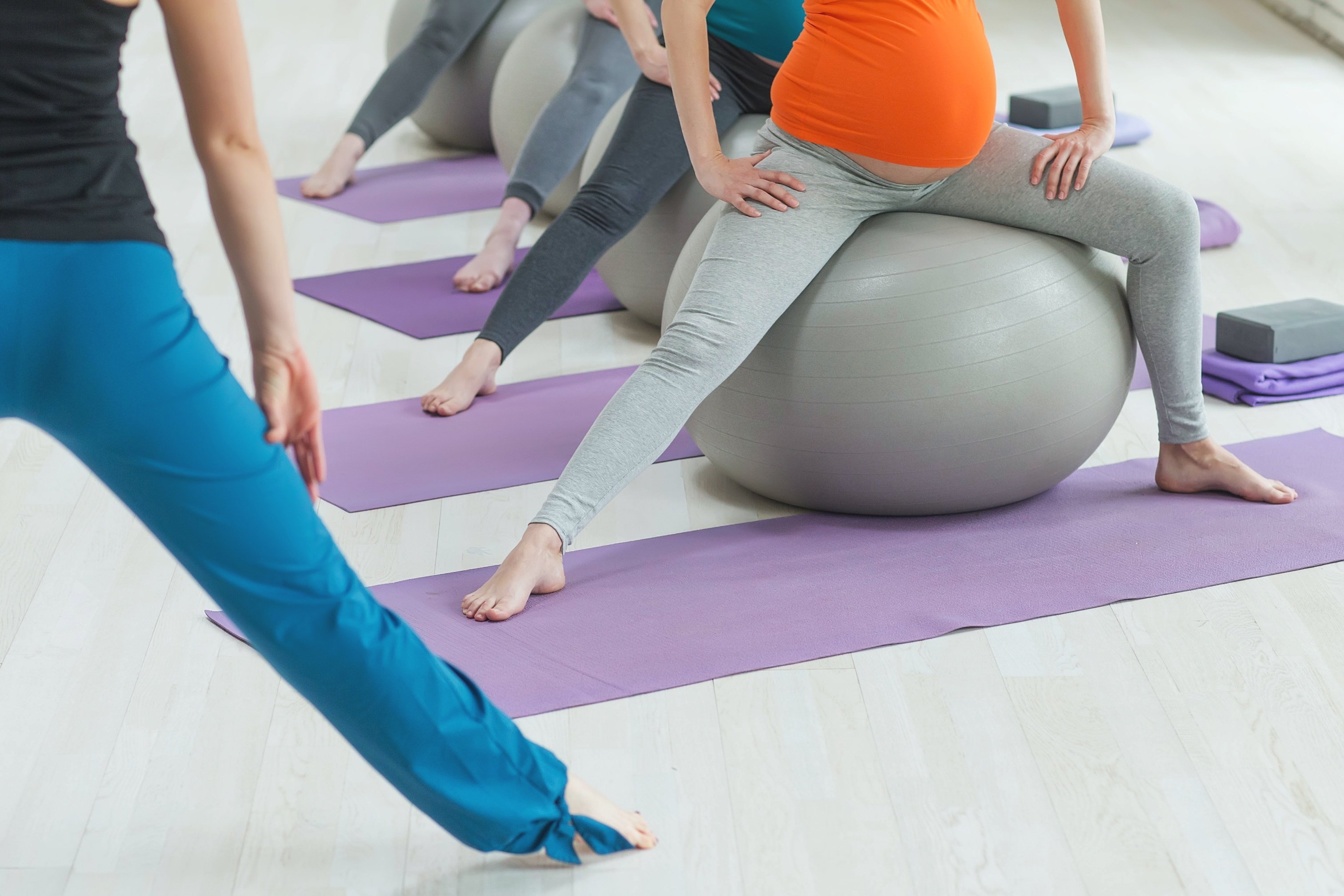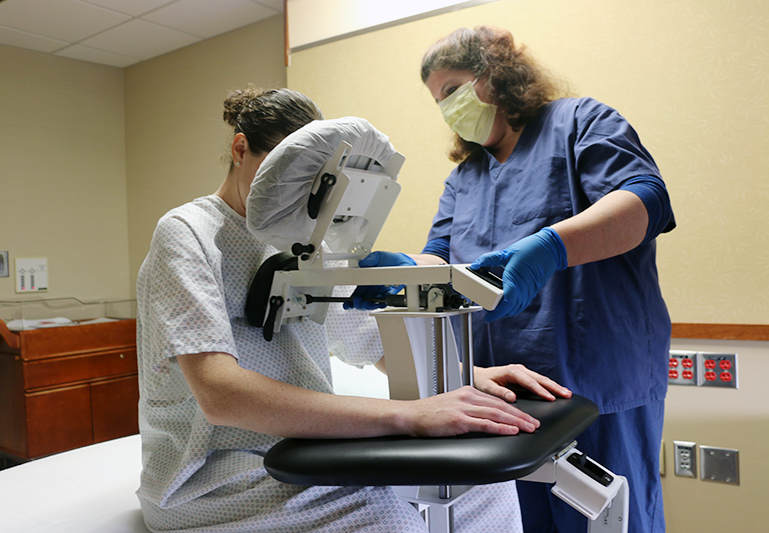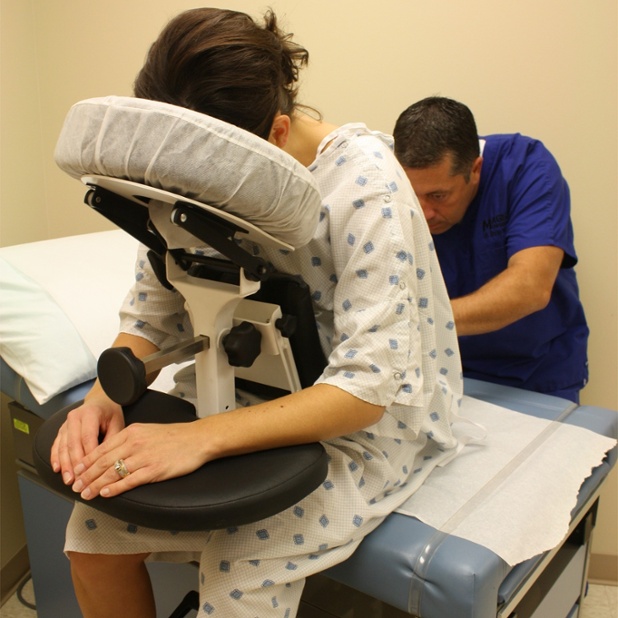Suitable activities during pregnancy are brisk walking, swimming, indoor stationary cycling, prenatal yoga, and low-impact aerobics, guided by a certified aerobics instructor. Some special exercises can help prepare for labor. These carry little risk of injury, they benefit the entire body, and they can continue until delivery. Continue reading for further guidance when exercising during pregnancy.
Fast facts about exercise during pregnancy
- Exercising during pregnancy can reduce the risk of excess weight gain, back issues, prepare muscles for childbirth, and can give the baby a healthier start in life.
- Those who do not already follow an exercise regimen should ease into exercise.
- Exercise is important, but it should be low-impact, and it is important to know when to stop.
- Swimming, brisk walking, yoga and stationary cycling are good ways to get fit during pregnancy.
Benefits of exercise during pregnancy
|
During pregnancy, exercise should aim to:
|
Exercise during pregnancy can help:
|
Research shows that when pregnant women exercise, fetal heart rate is lower. Newborns may also have a healthier birth weight, a lower fat mass, improved stress tolerance and advanced neurobehavioral maturation.
Tips and cautions
 via shutterstock.com via shutterstock.com |
Women who were exercising regularly before pregnancy, and who are healthy during pregnancy should be able to continue exercising as before, with slight changes depending on the trimester.
Women who have not been exercising before pregnancy will benefit from taking up a low-intensity program and gradually move to a higher activity level.
Exercise is recommended for 20 to 30 minutes each day, on most days. Most exercises are safe to perform during pregnancy if done with caution.
How to exercise safely
- begin by warming up for 5 minutes and stretching for 5 minutes
- finish with 5 to 10 minutes of gradually slower exercise that ends with gentle stretching.
Here are some useful tips:
- Wear loose-fitting, comfortable clothes, and a good support bra.
- Choose supportive shoes designed specifically for the exercise you have chosen, to help prevent injury.
- Exercise on a flat, level surface to avoid injury.
- Eat small, frequent meals throughout the day, and don't exercise for at least 1 hour after eating.
- Drink plenty of water before, during and after exercise, to keep hydrated.
- Get up slowly and gradually to prevent dizziness.
Remember that:
- The body needs more oxygen and energy during pregnancy.
- The hormone relaxin, produced during pregnancy, causes the ligaments that support the joints to stretch, increasing the risk of injury.
- The mother's changing weight alters the center of gravity, putting extra strain on the joints and muscles in the lower back and the pelvis and increasing the chance of losing balance.
Cautions when exercising during pregnancy
When exercising:
- Avoid overheating and exercising in high humidity.
- Avoid heavy weightlifting and activities that require straining.
- Avoid exposure to extremes of air pressure, as in high altitude exercise or scuba diving.
- Avoid activities that increase the risk of abdominal trauma.
- Never exercise to the point of exhaustion.
- If you cannot talk while exercising, slow down the activity.
Women who were exercising intensely, for example, jogging, before pregnancy may have to moderate their regime. Activities may change as time goes on, because of bodily changes that occur.
Who should not exercise?
Exercise is rarely harmful, but anyone with a medical condition, such as asthma, heart disease, hypertension, diabetes, or a pregnancy-related condition should speak to a health care provider first.
|
Exercise may not be advised if there is:
|
Stop exercising if you:
|
A health-care provider can suggest personal exercise guidelines based on the individual's medical history.
When to stop
Stop exercising and consult a health care provider if you:
- experience pain, including abdominal, chest, or pelvic pain
- have muscle cramps
- feel faint, dizzy, or nauseous
- feel cold or clammy
- notice vaginal bleeding
- have a sudden gush of fluid from the vagina or a trickle of fluid that leaks steadily, possibly indicating a rupture of the amniotic membrane
- have an irregular or rapid heartbeat
- notice sudden swelling in the ankles, hands, face, or all of them
- experience increased shortness of breath
- have persistent contractions that continue after rest
- have difficulty walking
Regular physical activity can boost maternal and fetal health, and it can make pregnancy, labor, and post-delivery recovery easier. However, it is important to stay safe during exercise.




